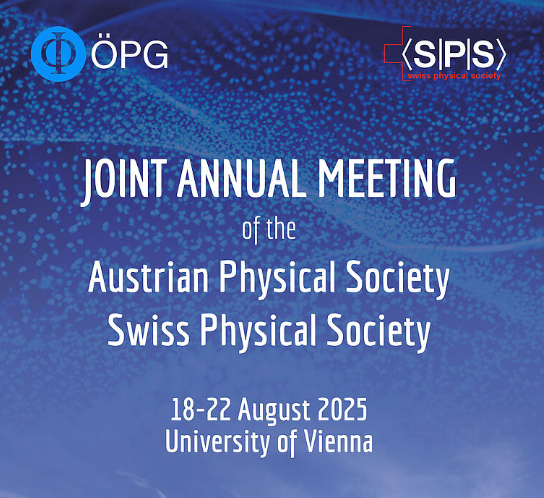https://doi.org/10.1051/epjconf/202125504001
Design of erbium doped silicon nanocavities for single photon applications
1 Istituto di Fotonica e Nanotecnologie, Consiglio Nazionale delle Ricerche, 20133, Milano, Italy
2 Dipartimento di Fisica, Politecnico di Milano, 20133, Milano, Italy
3 Photonic Networks and Technologies Lab, Consorzio Nazionale Interuniversitario per le Telecomunicazioni (CNIT), 56124, Pisa, Italy
* Corresponding author: enrico.prati@cnr.it
Published online: 18 November 2021
Silicon-based quantum communication technologies are becoming a factual reality. However, the challenges related to an earth-space unifying technology are several, and nowadays an integrated source compatible with the CMOS technology is still missing. Here we present the design of a weak photon source consisting of a LED able to emit directly into the optical circuit and obtained through the doping of a portion of a silicon waveguide with ErOx complexes. To enhance the radiative emission, the source is placed inside a resonant cavity delimited by two waveguide Bragg mirrors. A study on the performance of the device is carried out as a function of different parameters, such as the geometry of the cavity and of the contacts used to electrically excite the defects, the doping level, and the characteristics of the mirrors. We design a prototype that guarantees a Purcell factor in the order of tens, emitting ideally 107-108 photons per second. The simulations provide a promising ground to further develop fully integrated single photon sources in silicon photonic circuits.
© The Authors, published by EDP Sciences, 2021
 This is an Open Access article distributed under the terms of the Creative Commons Attribution License 4.0, which permits unrestricted use, distribution, and reproduction in any medium, provided the original work is properly cited.
This is an Open Access article distributed under the terms of the Creative Commons Attribution License 4.0, which permits unrestricted use, distribution, and reproduction in any medium, provided the original work is properly cited.




